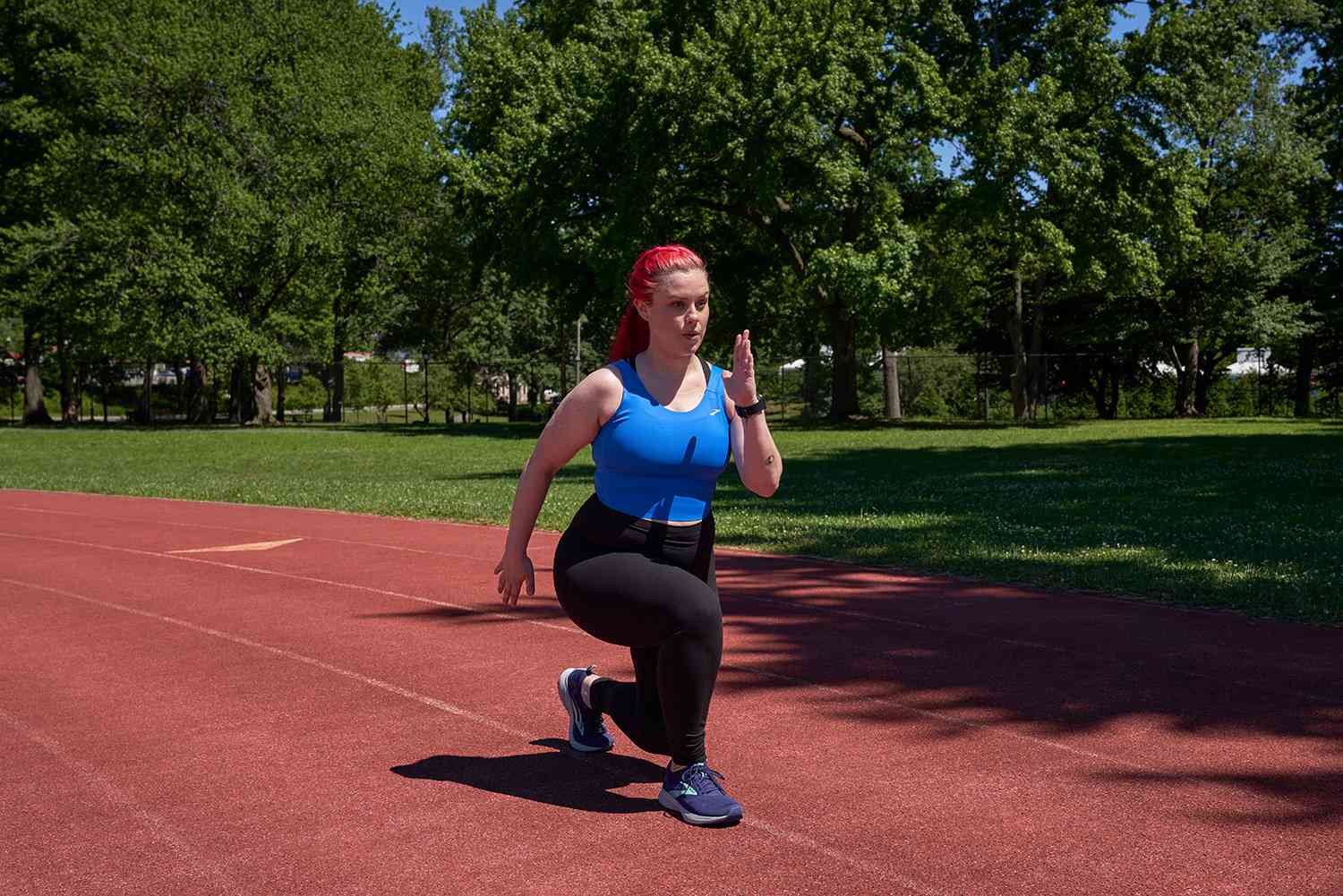Whether you’re a runner, a soccer player, or someone who loves weekend pickup basketball, endurance is key to performing at your best. Stamina isn’t just about going the distance; it’s about maintaining your energy, focus, and performance from start to finish. The good news? Improving your endurance is something every athlete, regardless of skill level, can achieve with the right approach. Below, we’ll break down actionable strategies you can use to build better endurance for any sport.
Make Cardiovascular Training the Foundation
Cardio training is essential for endurance. It builds the strength of your heart and lungs, helping your body deliver oxygen more efficiently. Without a solid cardiovascular base, it’s hard to keep up with the demands of most sports.
Start with activities like running, cycling, swimming, or rowing. Beginners can focus on steady-state cardio, where you go consistently for an extended period. For example, aim for 20–30 minutes of jogging or cycling three to four times a week.
Try interval training if you’re more experienced or looking for something more engaging. This involves alternating between intense bursts of effort and periods of active recovery. For example, sprint for 30 seconds, walk or jog for one minute, and repeat this pattern for 20 minutes. Interval training boosts your cardiovascular endurance and allows you to recover faster between plays, drills, or sprints in your sport.
Don’t Forget Strength Training
It’s easy to think endurance is only about cardio, but strength training plays a huge role, too. Stronger muscles don’t tire as quickly, and they help protect you from injury. What’s more, building strength can improve your movement efficiency to sustain physical effort for longer.
Focus on compound exercises that work multiple muscle groups, such as squats, deadlifts, lunges, push-ups, and pull-ups. These exercises mimic your movements in many sports, improving functional strength.
You don’t need to spend hours lifting heavy weights. A two- to three-day-per-week program targeting all major muscle groups is enough to build the strength you need to support your endurance training. For example, do three sets of 10–12 reps of exercises like squats and push-ups, using moderate weights or just your body weight.
Fuel Your Body with the Right Nutrition
Endurance doesn’t rely on training; your body needs the right fuel to perform. Nutrition plays a critical role in how much energy you have, how well you recover, and whether or not you can sustain high levels of activity.
Focus on eating a balanced diet rich in whole, nutrient-dense foods. Carbohydrates are your main energy source for endurance activities, so include whole grains, fruits, and vegetables in your meals. For example, oatmeal with fresh fruit is a great pre-workout meal.

Protein is also important for repairing and building muscles, so include lean sources like chicken, fish, eggs, and plant-based proteins. Fats are often overlooked in endurance training, but they provide long-lasting energy. Avocados, nuts, seeds, and fatty fish like salmon are excellent options.
Finally, don’t forget to time your nutrition properly. Eat a small, carb-rich snack about one to two hours before long workouts to keep your energy steady. And after your session, refuel with a combination of protein and carbs to help your muscles recover.
Stay Hydrated
Staying hydrated sounds like simple advice, but dehydration can sneak up on you and zap your endurance fast. Even slight dehydration can make your heart work harder and lead to fatigue sooner.
Make it a habit to drink water consistently throughout the day, not just during workouts. Consider adding electrolytes to replace sodium, potassium, and magnesium lost through sweat for long training sessions, especially in hot weather. A sports drink or electrolyte tablet can do the trick.
If you’re unsure whether you drink enough water, use the “pee test.” If your urine is pale yellow, you’re likely well-hydrated. If it’s darker, drink up!
Prioritize Rest and Recovery
Every athlete needs downtime to recharge. Pushing yourself too hard with no rest can lead to burnout, poor performance, and even injury. Rest allows your muscles to repair, your energy stores to replenish, and your body to adapt to training stress.

Make sleep a non-negotiable part of your routine. Aim for 7–9 hours of quality sleep each night. This is when your body does most of its recovery work.
On top of that, schedule rest days into your training plan. These don’t have to mean doing nothing at all. Light activities like stretching, yoga, or leisurely walking can help you recover without overloading your body.
If you’re feeling particularly sore, foam rolling and stretching can help loosen up tight muscles and improve blood flow to speed up recovery.
Stay Consistent
Improving endurance is all about showing up regularly. Small, consistent efforts over time lead to big results. That doesn’t mean you must push yourself to the limit daily. Instead, focus on sustainable progress.
Set realistic goals and celebrate small wins. Did you run for five minutes longer than last week? That’s a victory. Did you manage to stick to your planned workouts on a tough week? Another win. By staying consistent and gradually increasing your effort, you’ll see noticeable improvements in your endurance over time.





